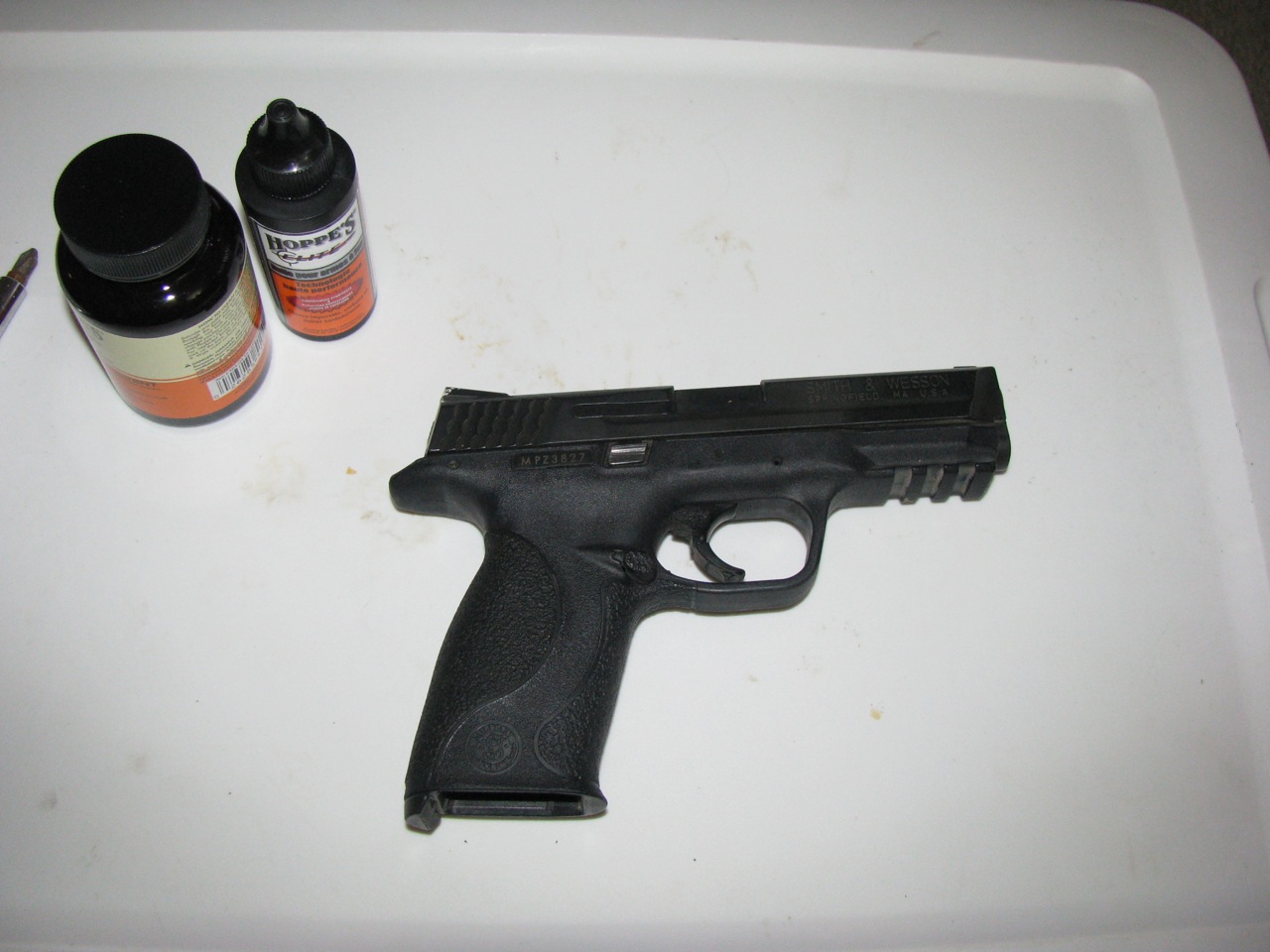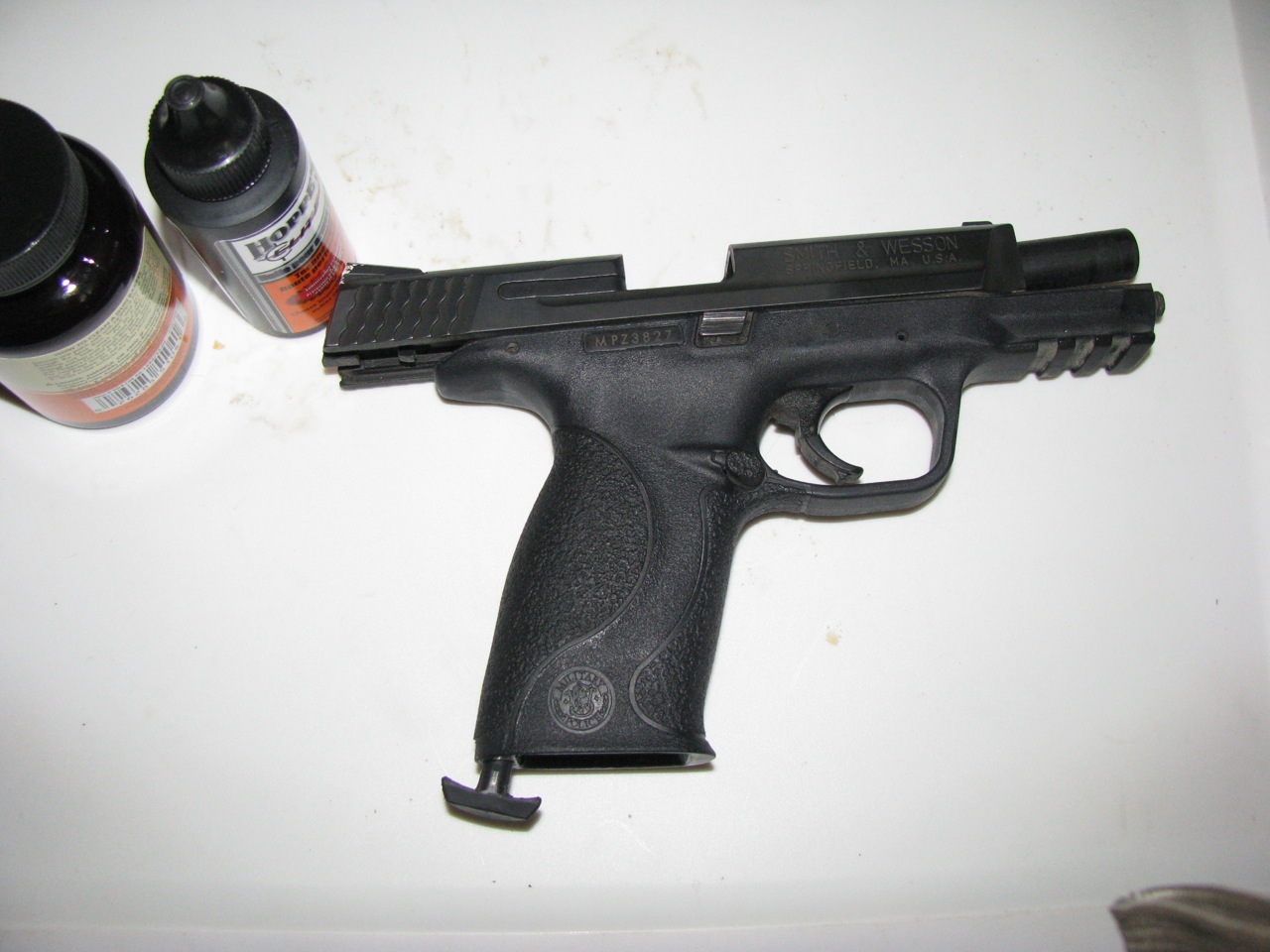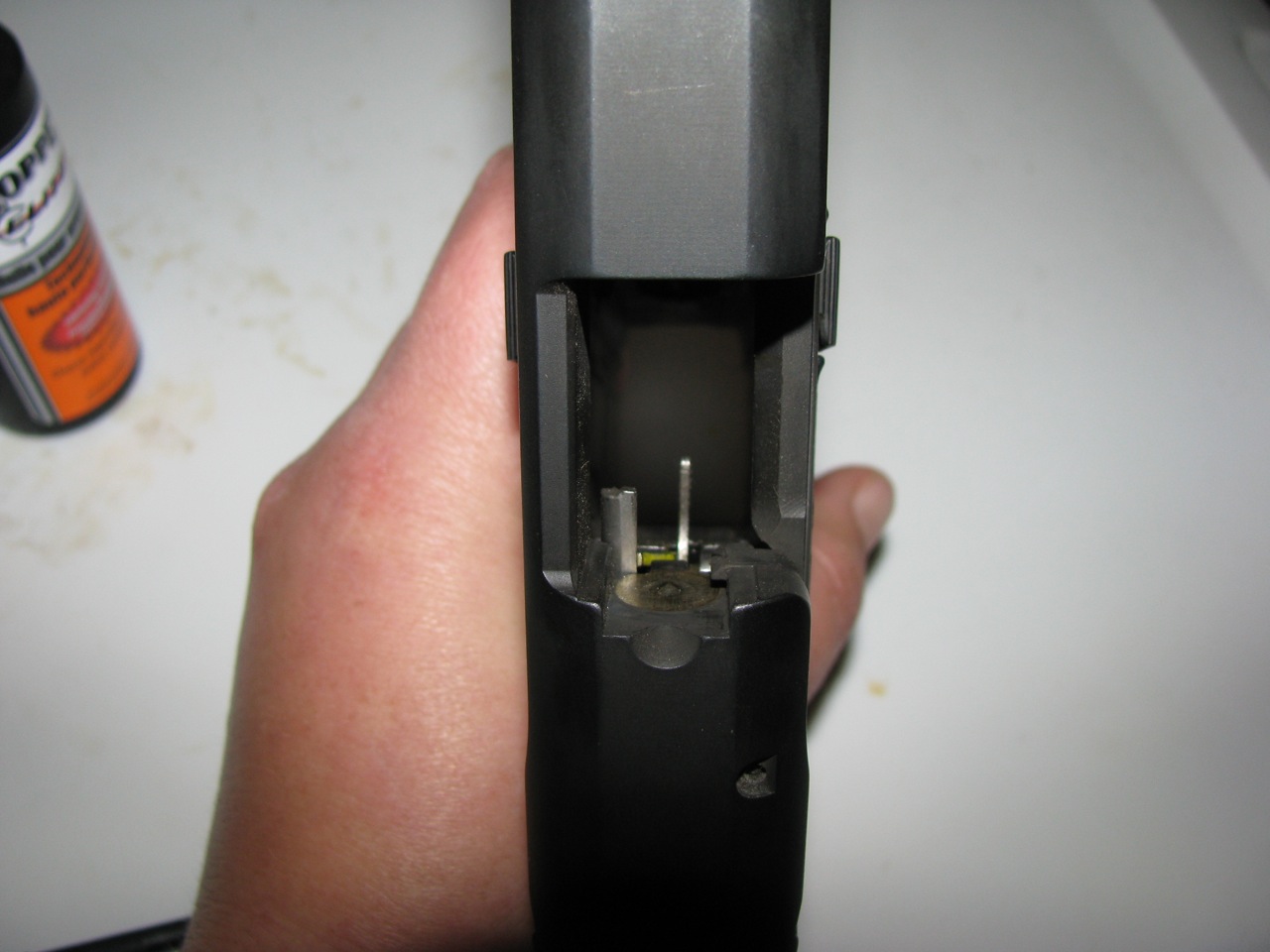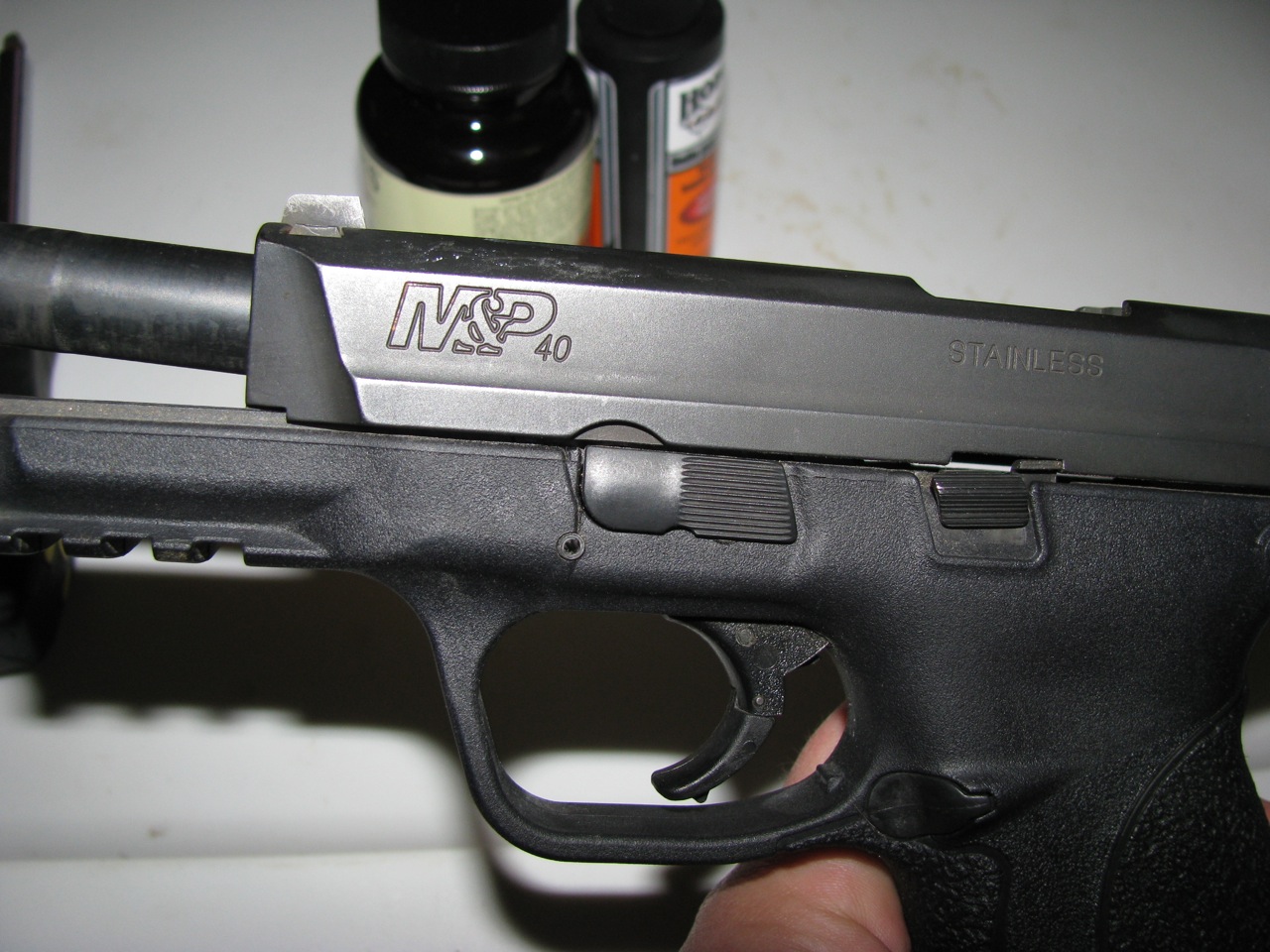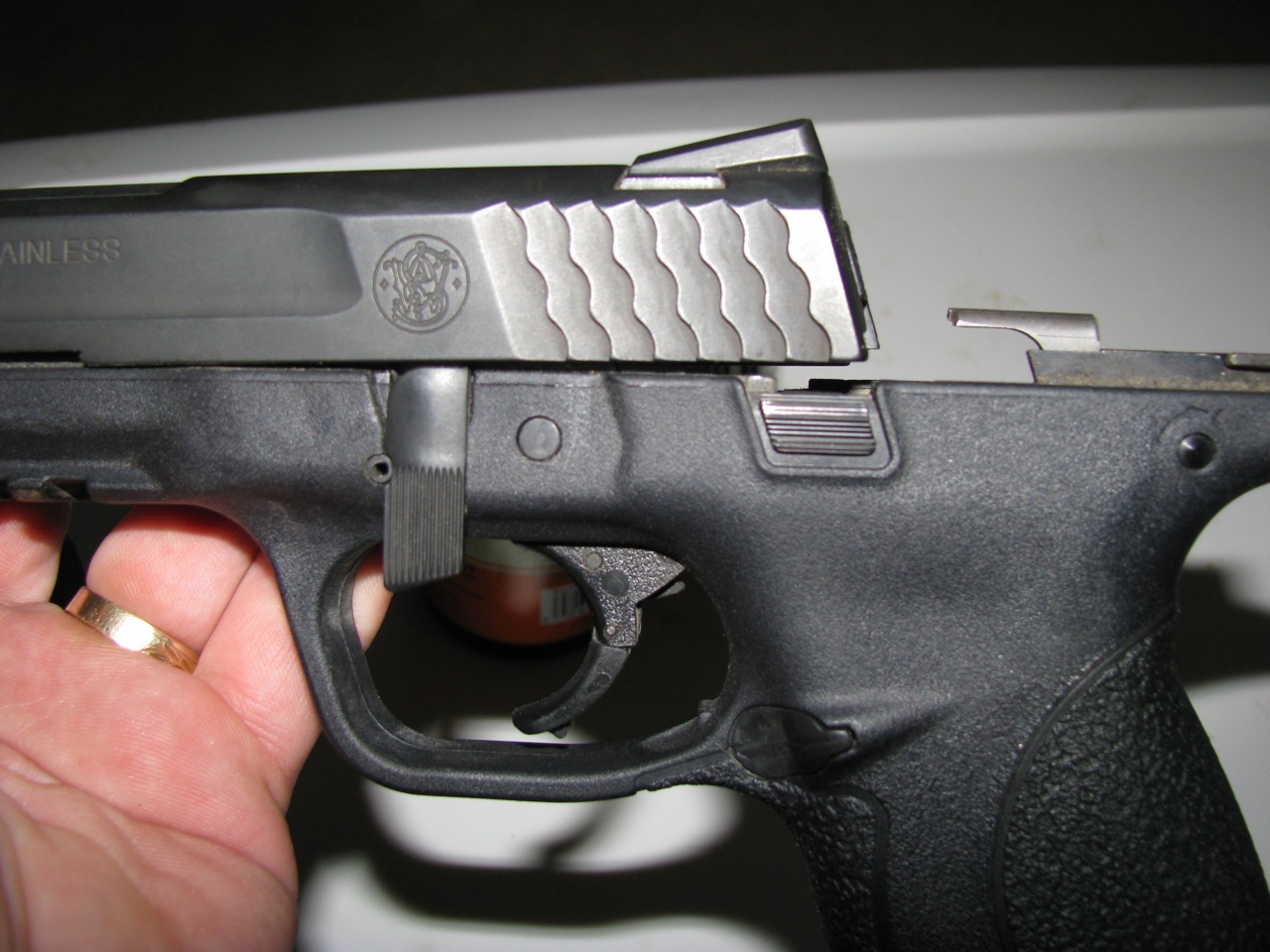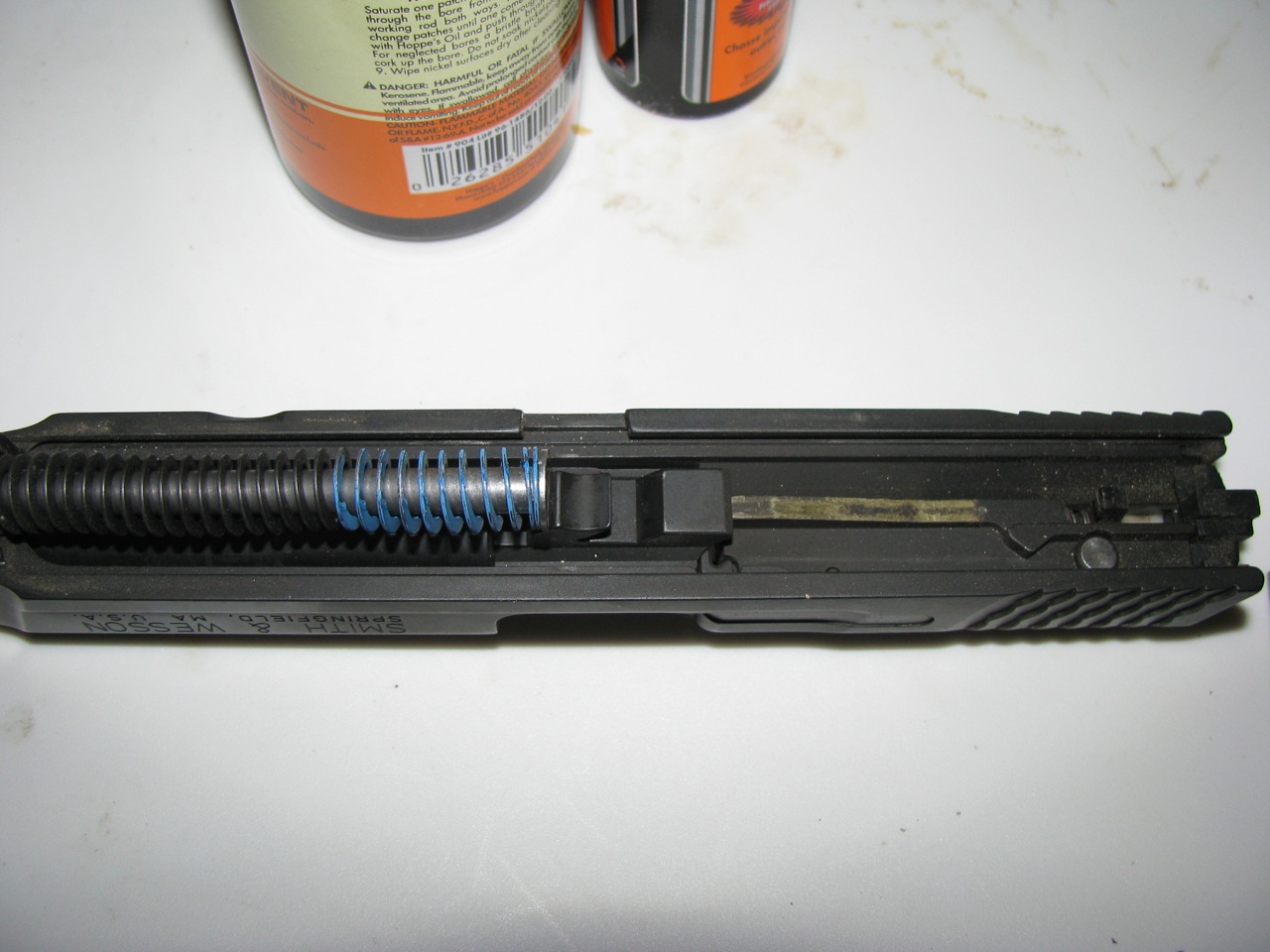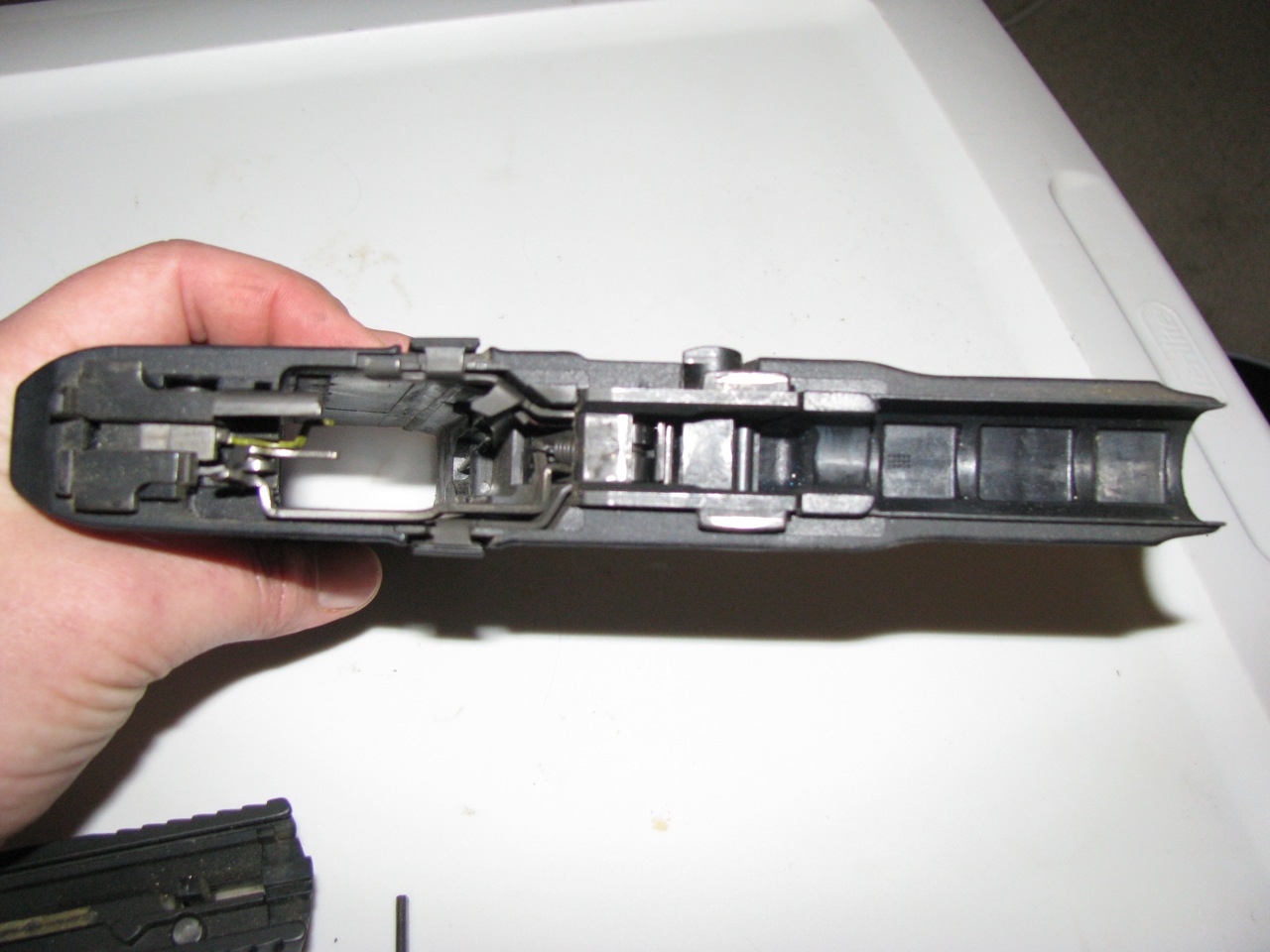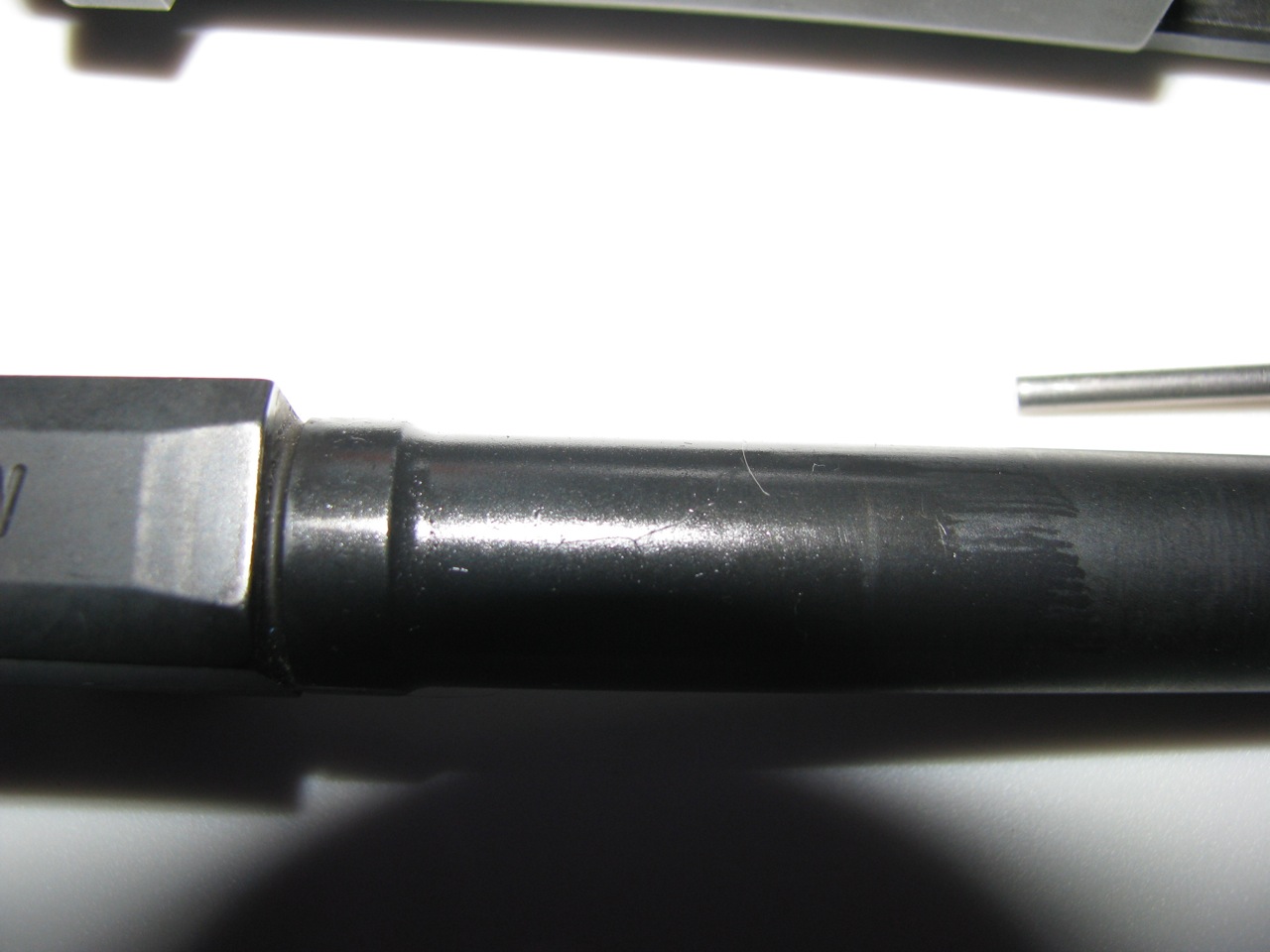
Revolvers rock. The first handgun i ever shot was a revolver, a .22-caliber Ruger Single Six (which i just typoed as "Single Sux," which could not be further from the truth). Revolvers are a great learner gun, generally speaking, but more on that later.
So it is probably oversimplifying, but revolvers are so-called because they have a revolving cylinder. The cylinder is where all your bullets live, and the cylinder rotates each bullet so that it lines up with the barrel. That's easy enough. HOW the cylinder works is a little more complicated.

Revolvers come in two different types of actions--single-action and double-action. Single-action is when you have to use your thumb and cock the hammer (the pointy doohickey on the back of the gun, above the grip). Cocking the hammer rotates the cylinder and lines the bullet up with the barrel. Cock hammer (huh huh), aim, squeeze trigger, *bang*, cock hammer again, repeat. It's called a single-action because the trigger is responsible for a single action only--dropping the firing pin onto the bullet.
DOUBLE-action guns don't need you and your feeble thumb to cock the hammer, although you still can if you want. The two actions performed by the trigger are the rotation of the cylinder and the firing of the bullet. I think that's why it's called double-action, anyway. I never really understood that. As far as I'm concerned, the names should be switched, because MY thumb and MY trigger finger perform 2 actions for one type, and only one action for the other type. I don't get to make the rules though, so whatever. >:(
Double-action guns have a really heavy trigger--you have to pull it pretty hard because it is mechanically working the cylinder around. You can shoot a double-action gun as a single-action, though. If you cock the hammer and rotate the cylinder yourself, the trigger gets a LOT lighter and easier to pull.
You most likely won't be able to tell single-action from double-action by looking at them, so make sure you ask before you shoot! It's nice to know so you're not sitting there hauling on an immobile trigger going "WHY. WON'T. YOU. FIRE!!?" and looking like a big dweeb when actually you forgot to cock the hammer. :) The notable exception--hammerless revolvers are always double-action. Also, they are always humpbacked and ugly. Even when they are pink:

Revolvers fire bullets almost exclusively, although they DO make tiny shot-shells in certain calibers for revolvers. The shot-shells are retardedly expensive and have a lethal range of about 3 feet, which is why people pretty much just buy them for shooting rattlesnakes, at least in my part of the world anyway. John Wayne might be able to thwack a rattlesnake with a bullet from like 30 feet, but most of us aren't that good. And no, i have never actually shot a snake, because i loooooooooooooooove snakes. But i am in the minority with that opinion, i think.
They also make blanks, which are basically black powder capped off with wax or paper. No bullet, but the black powder goes *BANG* and flings flaming powder 6-8 feet. THAT's the stuff they use to pop balloons in cowboy-action mounted shooting.

Single-action revolvers are considered very safe to carry and shoot because the gun CANNOT accidentally fire without the hammer being cocked back. This, and historical accuracy, are the reasons single-action firearms are the only ones allowed in cowboy-action mounted shooting ("cowboy" action meaning "single-action").
Most revolvers have room in the cylinder for 5 or 6 rounds. Some of the smaller calibers can hold more but 5 or 6 is pretty standard.

CMSA (Cowboy Mounted Shooting Association) rules state that your revolver has to be a single action .45 caliber, and that you can only load 5 (blank) rounds even though your gun holds 6. The thought process behind this is, if you drop a loaded revolver on a VERY hard surface and it lands on the hammer JUST RIGHT, it can theoretically hit the butt-end of the bullet hard enough to fire it. The chances are like one in a gajillion, but they don't take chances with people's safety, so the chamber underneath the hammer is ALWAYS empty unless you are in the ring running the pattern and actually firing your gun. GunS, there are usually 10 balloons on a course (i think) so it takes 2 guns. I am still a total n00b at mounted shooting, and Roxie sucks out loud at it, but it is fun and I'm going to keep on it!
Revolvers are a really good gun if you are learning how to shoot, for a variety of reasons. One of these is recoil. Most first-time shooters are a little scared of what it's going to feel like to have a thing in your hand go *BANG* and kick backwards. Revolvers are generally pretty heavy for their size, and the rule of thumb with guns (if you're ignoring caliber) is always "heavier gun = less recoil." I'll touch on that more when i talk about long guns.
There is a little bit of a trend in the gun world right now to make handguns out of lightweight material (titanium, alloys, "polymer" which i am pretty sure is just a fancy word for plastic, etc). Lighter-weight materials make a gun a LOT easier to carry, especially in your purse which is already too heavy. The problem is, FIRING A LIGHTWEIGHT GUN IS TOTALLY LAME AND UNCOMFORTABLE. Especially as you get into larger calibers or magnum rounds.
I work in the timber industry, and I know a lot of my foresters like to carry titanium revolvers because they are lightweight and that's a big concern when you have to carry it on your hip or in a vest pocket all day long. But even these big burly dudes complain that actually FIRING the gun sucks because there is a ton of recoil. It's intimidating, and it makes it tougher to get the gun back on target after each pull of the trigger. So that's something to keep in mind if you are learning to shoot or picking out a gun to purchase. Heavier = better, unless you have some experience and/or know what you're getting into.
The Ruger Single Six i was talking about earlier was an AWESOME learner gun. Single action and .22 caliber. When you pulled the trigger, the gun didn't go "bang," it went "pop." Hardly any recoil, and very accurate over short distances. Most pistol ranges have the targets set at 25-30 feet out (although some are pretty adjustable) and that is longer than most distances over which you would actually want to use a handgun. Handgun hunting is an exception, but I won't babble about that just yet.

Anyways, a single-action .22 revolver is a great way to learn to shoot and build confidence.
Revolvers also don't fling an empty shell out of the gun like semi-automatic pistols do. When i was learning to shoot semi-autos in larger calibers, i found the flying empty shells to be a HUGE pain in the butt until i learned better control of my wrist. It's one less thing to think about with a revolver, and personally i am ALL ABOUT lessening the number of things i have to think about. ;)

Loading a revolver is pretty simple. Most of them either have a little gate that swings open so you can rotate the cylinder and stick a bullet in each chamber, or they have a lever or a button you can press to make the whole cylinder swing out of the gun. The above picture is a close-up of the little gate, closed, on a gun that has the hammer cocked back. The swing-out cylinder is easier to work with, although according to Google Image Search it is apparently prone to cracking. The gate-style (i don't think that's really what it is called) is slow to unload because you have to extract each spent case with a push rod on the front of the gun, under the barrel. Some revolvers are break-action, which is cool but you really don't find that too often.

Oh, the other cool thing about revolvers--if you have the hammer cocked and then you decide you don't want to shoot, you hold the hammer with your thumb, pull the trigger, and EASE the hammer back down. Pulling the trigger releases the hammer but your thumb slows it down (hopefully) so you don't actually shoot if you don't want to. Definitely practice that at the range though, and keep the barrel pointed in a safe direction! ("Down range" refers to "towards the targets," and that's a safe direction).
Also, just like anything else, they DO make guns with us in mind:
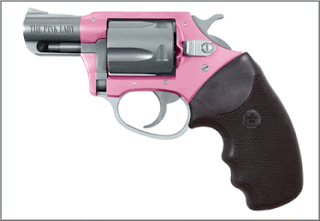


See??




